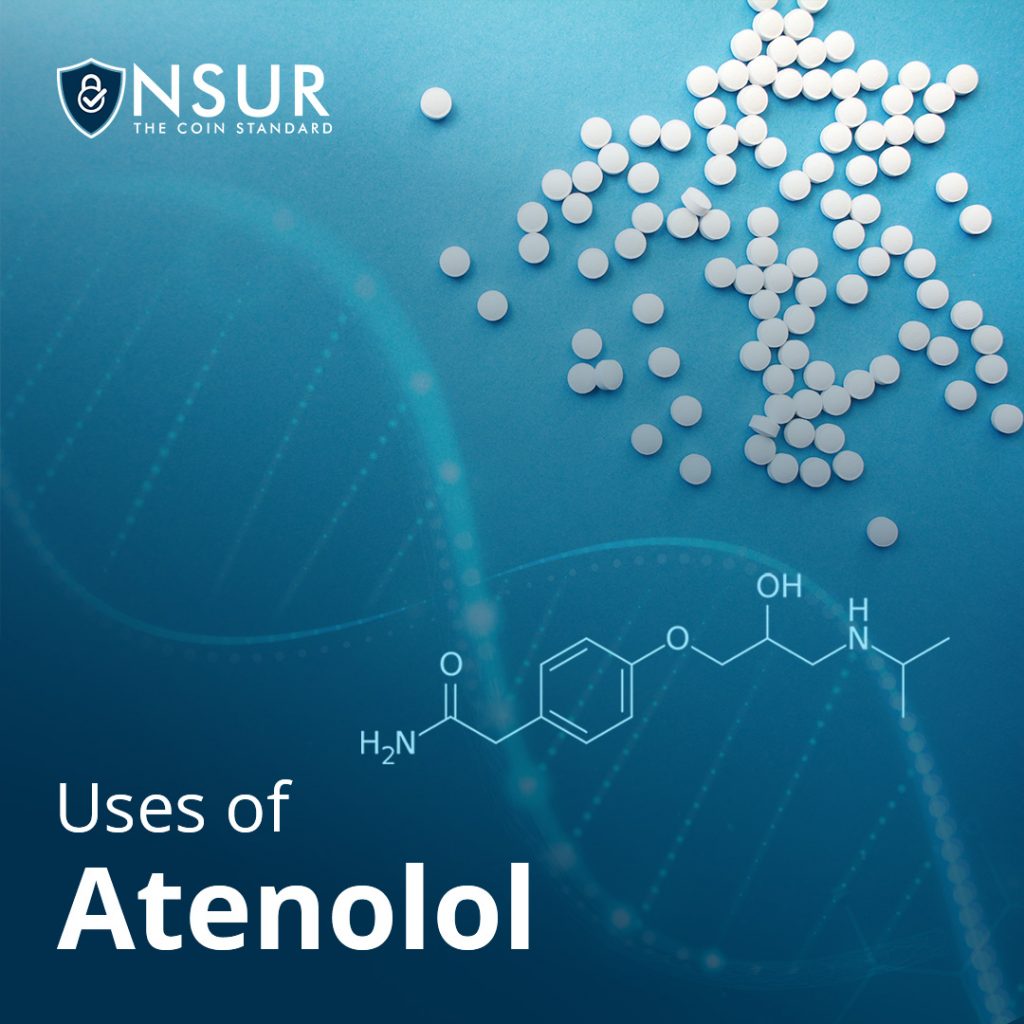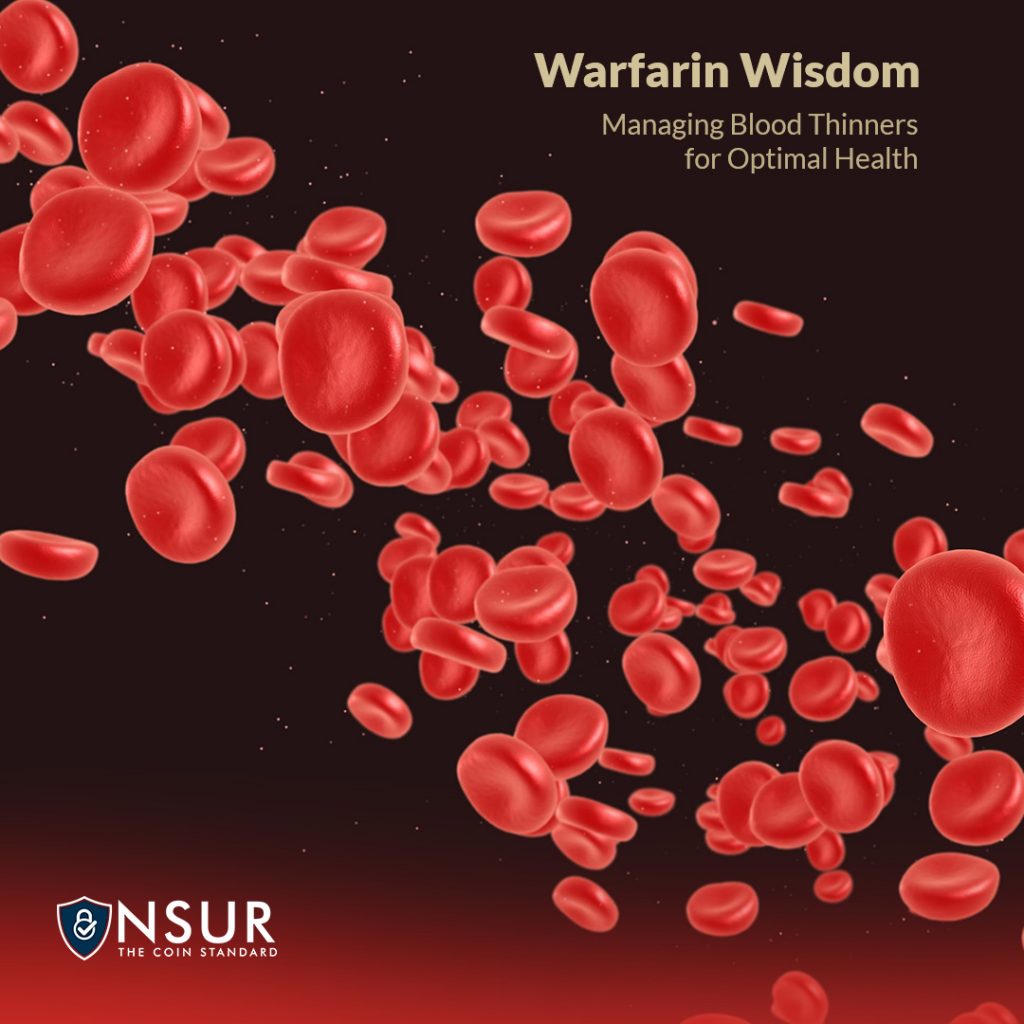
Amoxicillin is a widely prescribed antibiotic that plays a crucial role in fighting bacterial infections. As part of the penicillin family, amoxicillin is effective against a broad range of bacteria. In this article, we will delve into the details of amoxicillin, including its mechanism of action, common uses, potential side effects, and important considerations.
Understanding Amoxicillin (100 words): Amoxicillin belongs to the class of antibiotics known as penicillins. It works by inhibiting the growth of bacteria and interfering with their cell wall synthesis. This makes it effective against various bacterial infections, including respiratory tract infections, skin infections, urinary tract infections, and ear infections. Amoxicillin is available in different forms such as capsules, tablets, and oral suspensions, allowing for flexible dosing options.
Common Uses of Amoxicillin:
Amoxicillin is commonly prescribed for several conditions, including:
- Respiratory infections: Amoxicillin can be effective against bronchitis, pneumonia, and sinus infections.
- Skin and soft tissue infections: It is used to treat cellulitis, impetigo, and infected wounds.
- Urinary tract infections: Amoxicillin can help alleviate urinary tract infections caused by susceptible bacteria.
- Ear infections: Otitis media, a common childhood infection, is often treated with amoxicillin.
Potential Side Effects:
While amoxicillin is generally well-tolerated, it can cause certain side effects. Common side effects include diarrhea, nausea, vomiting, and skin rash. These side effects are typically mild and temporary. However, in rare cases, severe allergic reactions such as anaphylaxis may occur. It is important to seek immediate medical attention if you experience symptoms like difficulty breathing, swelling, or hives after taking amoxicillin. Inform your healthcare provider about any known allergies or previous adverse reactions to antibiotics to ensure safe usage.
Important Considerations:
To ensure the safe and effective use of amoxicillin, consider the following:
- Complete the full course: Finish the prescribed duration of amoxicillin treatment, even if symptoms improve, to prevent bacterial resistance.
- Allergy precautions: Inform your healthcare provider if you have a history of allergic reactions to antibiotics, especially penicillins.
- Drug interactions: Certain medications, such as oral contraceptives, may interact with amoxicillin. Consult your healthcare provider or pharmacist for guidance.
- Dosing instructions: Follow the prescribed dosage and administration instructions provided by your healthcare provider or pharmacist.
Take advantage of NSURx for your prescription drugs!
With the NSURx Prescription Benefit Card, you can save money on your medications at more than 35,000 pharmacies across the United States.
You can save up to 80% on your medication by using an NSURx card. Hundreds of dollars in savings could be yours every time you fill out your prescription.
The more you shop with NSURx, the more NSUR Coins you will receive as a reward.
Amoxicillin is an essential antibiotic that effectively treats a wide range of bacterial infections. By understanding its mechanism of action, common uses, potential side effects, and important considerations, you can ensure its safe and effective use. Always consult your healthcare provider for personalized guidance and adhere to their recommendations for optimal treatment outcomes.
References:
- MedlinePlus. (2022). Amoxicillin. Retrieved from https://medlineplus.gov/druginfo/meds/a685001.html
2. Drugs.com. (2022). Amoxicillin. Retrieved from https://www.drugs.com/amoxicillin.html











